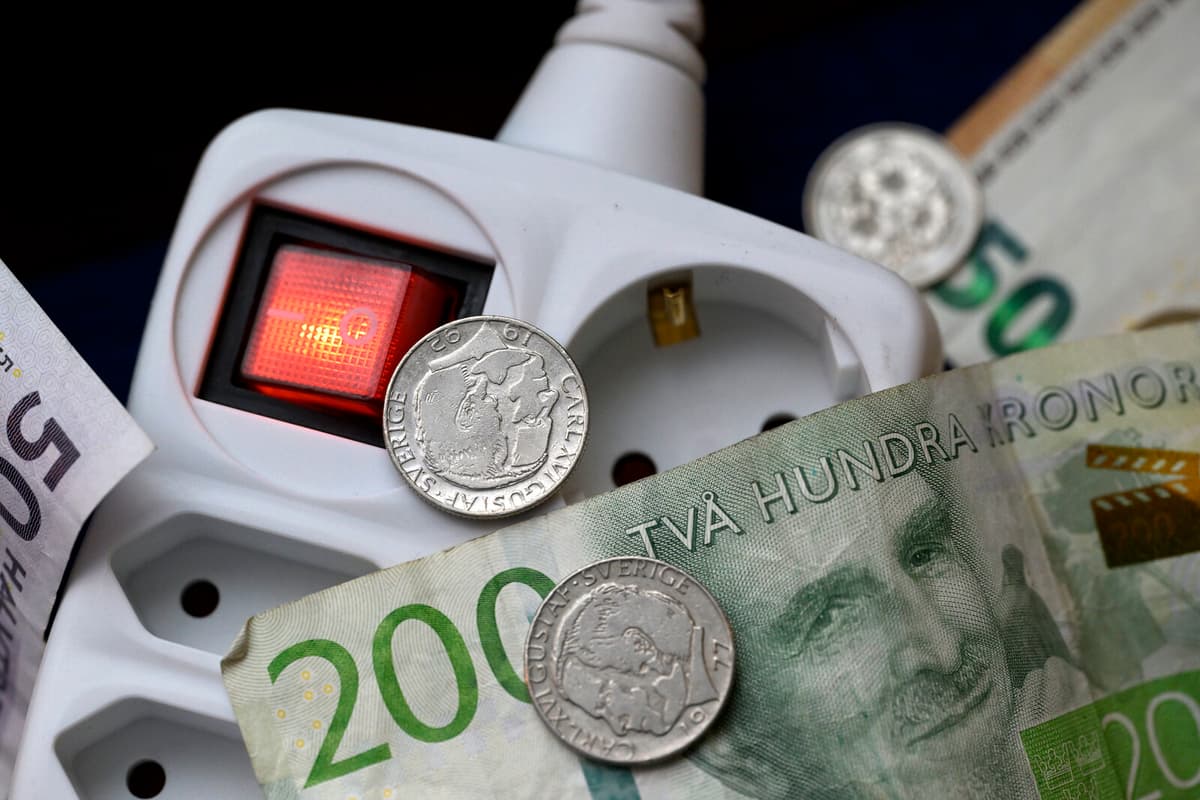The high electricity prices in southern Sweden will now persist, conclude several interest organizations disappointedly since Svenska Kraftnät (SVK) has decided to keep the current four electricity price zones.
Yes, they will do that and it will harm Swedish growth, says Per Tryding, vice CEO of the Sydsvenska Handelskammaren, which represents, among others, Scanian entrepreneurs.
He gives SVK's calculations a failing grade. The authority has only considered the electricity system as such when deciding that it is not socio-economically profitable to redraw the electricity map, according to Tryding.
If by socio-economy one means the entire society's growth and employment, we know it has harmful effects, he says.
"Keeping the current electricity price zones cements the already high electricity prices in southern Sweden", says Magnus Demervall, CEO of Företagarna, who demands action from the government.
Should have been evaluated
Magnus Thorstensson at the industry organization Energiföretagen, which represents electricity producers, sees both advantages and disadvantages with the proposal that has now been submitted to the government.
But we would have liked to see an evaluation of one or two electricity zones at least, he continues.
But one thing is good, that the Stockholm area did not become its own electricity zone.
We would have had a hard time seeing that it would work, both economically and technically, he says.
Risked becoming more expensive
The Stockholm Chamber of Commerce agrees:
"Such a solution would have created new costs for households and companies without actually solving the capacity shortage", says Jennie Albinsson, energy policy expert at the Stockholm Chamber of Commerce in a written comment.
But regardless, Svenska Kraftnät must take responsibility for ensuring that electricity transmission in Sweden works, it is their duty, believes Magnus Thorstensson. As it is now, southern Sweden pays a high price for it, in the form of significantly higher electricity prices.
We have been pointing out for several years that the transmission capacity southwards has become too poor, he says.





